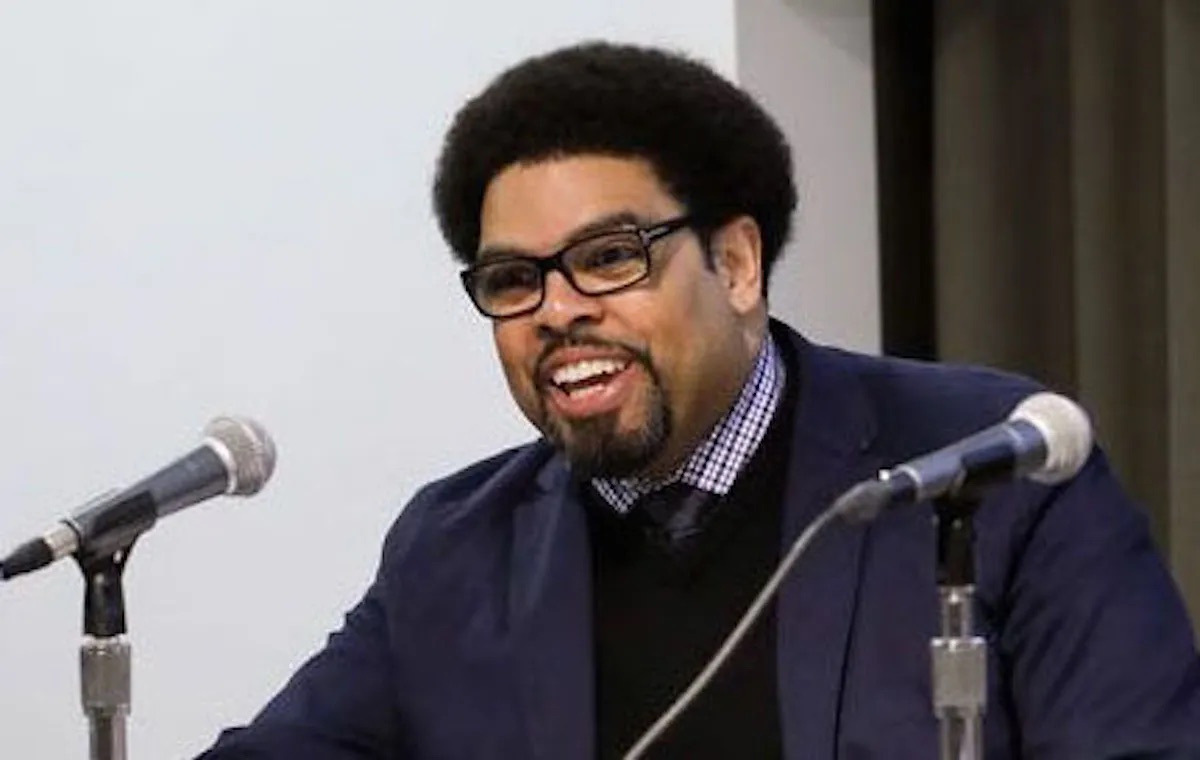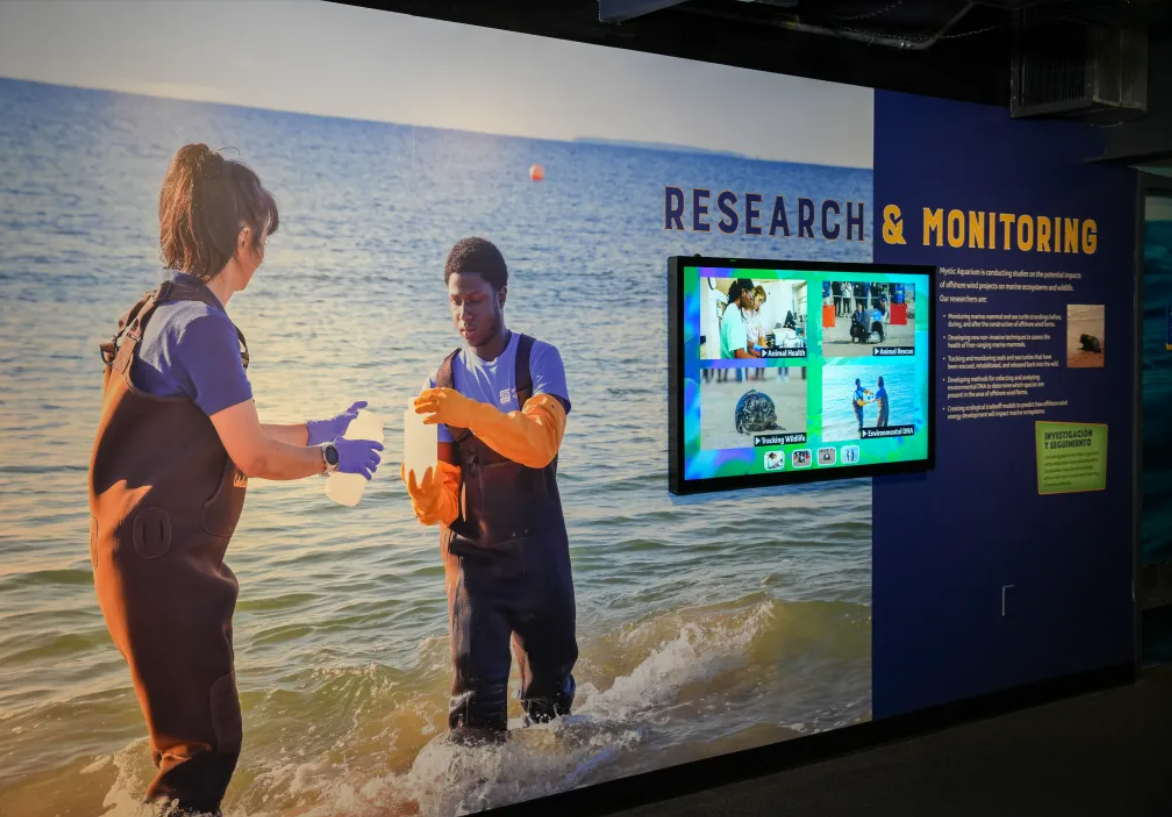Brooklyn Marine Terminal: New York City’s $3.5 Billion Redevelopment to Transform Red Hook Waterfront, Jobs, and Maritime Future

The Brooklyn Marine Terminal in New York City is now the focus of one of the largest port and community redevelopment projects in U.S. history. With the release of a Request for Expressions of Interest (RFEI), the New York City Economic Development Corporation (NYCEDC) is inviting global port operators, developers, and maritime industrial businesses to propose strategies for the future of this 122-acre site in Red Hook, Brooklyn.
At the heart of the project lies a mandate that goes beyond shipping volumes. Operators must demonstrate expertise in port operations while proving intentionality in economic development, workforce readiness, and community equity. The inclusion of local content requirements—covering workforce pipelines, small business participation, and community investment—makes the Brooklyn Marine Terminal redevelopment a model for 21st-century infrastructure.
The Brooklyn Marine Terminal Vision Plan
Approved in September 2025, the $3.5 billion Vision Plan will transform the Brooklyn Marine Terminal into a modern, all-electric port and mixed-use hub. At least $418 million in city, state, and federal funds has already been secured to begin reconstruction, electrification, and resiliency improvements.
The plan calls for:
- A 60-acre all-electric maritime port, rebuilt with a new marginal pier, renewable energy integration, shore power, and zero-emission cargo-handling equipment.
- Integration into the Blue Highways freight system, shifting cargo from trucks to waterways, including barge service to Hunts Point that will eliminate 300 daily truck trips through Red Hook.
- 6,000 new homes, with at least 2,400 permanently affordable and 200 reserved for NYCHA Red Hook residents.
- 275,000 square feet of discounted industrial space, including a 170,000-square-foot building at Pier 11 to support small manufacturers.
- 28 acres of open space, a new destination park at Pier 7, and nearly a mile of continuous waterfront greenway.
- $200 million in NYCHA investments and a $75 million affordable housing fund, delivering or preserving 3,650 affordable homes.
- A climate-resilient waterfront, raised to withstand 2100 sea-level rise with integrated flood barriers, drainage, and stormwater management.
Economic Scale: $18 Billion Impact
The economic case for the Brooklyn Marine Terminal is powerful. The redevelopment is expected to generate more than $18 billion in economic impact for New York City and the region. Over the life of the project, it will support 37,000 construction jobs and 2,000 permanent jobs across maritime, industrial, commercial, and residential uses.
This scale of impact positions BMT as one of the most significant infrastructure investments in New York City in decades.
Workforce and Community Integration
Central to the Vision Plan is a comprehensive workforce development strategy. A Project Labor Agreement will govern construction, embedding union jobs and local hiring. An economic mobility network in Red Hook will connect residents to apprenticeships, adult education, and maritime careers.
The plan includes a world-class experiential learning center at Pier 11 focused on Blue Highways and maritime jobs, coupled with scholarships and certification programs for NYCHA residents.
Industrial and Commercial Growth
The Brooklyn Marine Terminal is also designed to protect and grow Brooklyn’s industrial base. In addition to the 275,000 square feet of industrial space, a $10 million industrial development fund will support Red Hook’s small manufacturers.
Commercial, cultural, and community spaces—including a new public school—will knit BMT into Red Hook’s social fabric, while cruise terminal modernization and a potential 400-key hotel at Atlantic Basin will expand the area’s tourism and service economy.
Climate Resilience at Scale
BMT will double as a frontline defense against climate change. The redevelopment includes a multi-layered flood-protection system spanning the site, elevated roadways, and hybrid green infrastructure.
By integrating resilience into port and neighborhood design, the project will safeguard both maritime operations and vulnerable communities like Red Hook, which suffered devastating flooding during Hurricane Sandy.
Governance and Accountability
Oversight will be managed by the newly formed Brooklyn Marine Terminal Development Corporation (BMTDC). The corporation will enforce commitments on housing, jobs, industry, and open space while ensuring the port operates profitably without subsidies.
A unified operator model, with a 30-year lease, will be the cornerstone of long-term stability, attracting private investment to match public capital.
Blue Highways: The Freight Future
The Blue Highways program is central to BMT’s competitiveness. By linking to Hunts Point Food Distribution Center—the source of 12 percent of New York’s food—the port will become a vital node in the city’s supply chain. Barges will move perishable goods directly to market, cutting truck traffic, lowering emissions, and enhancing resilience in case of bridge or tunnel disruptions.
For regional construction projects like the BQE rebuild, BMT will also serve as a barge-fed staging ground, reducing reliance on trucking.
The Local Content Advantage
For global operators, the Brooklyn Marine Terminal is an unprecedented opportunity. But the RFEI makes clear: operators must go beyond cargo metrics. They must demonstrate capacity to integrate local hiring, supplier diversity, union labor, and community benefit agreements into their operating models.
Stating that an organization is Local Content Certified will be a clear differentiator in this process. Certification enhances competitiveness, builds trust with city officials, and ensures long-term social license to operate.
The Fortune View
The Brooklyn Marine Terminal is more than a port project. It is a $3.5 billion platform for housing, jobs, supply chain resilience, industrial growth, and climate protection. It is New York City’s chance to redefine what a 21st-century port means—not just to global commerce, but to local communities.
For developers, operators, and suppliers, the message is clear: this is the most significant waterfront redevelopment in a generation. And at BMT, local content is not just a requirement—it is the foundation of competitiveness.
Here’s a concise blurb you can place at the end of the article:
Key dates for the Brooklyn Marine Terminal RFEI:
- The Request for Expressions of Interest was released on October 2, 2025.
- An informational session and site visit will be held on October 30, 2025.
- Responses are due by December 15, 2025, with interviews and determinations scheduled for the first quarter of 2026.
.png)
Local Content is the Next Compliance Asset Class
LocalContent.com™ transforms how public and private sector projects meet local and domestic content requirements—with technology, data, and certification solutions that build trust, unlock funding, and prove community value.
Subscribe to Local Content
LocalContent.com Announces Upcoming AI-Driven Certification Suite to Boost Supply-Chain and Workforce Compliance, Competitiveness, and Economic Opportunity
Take the free assessment instead
%20(2).png)
.png)






